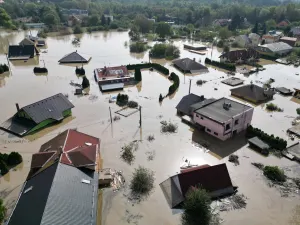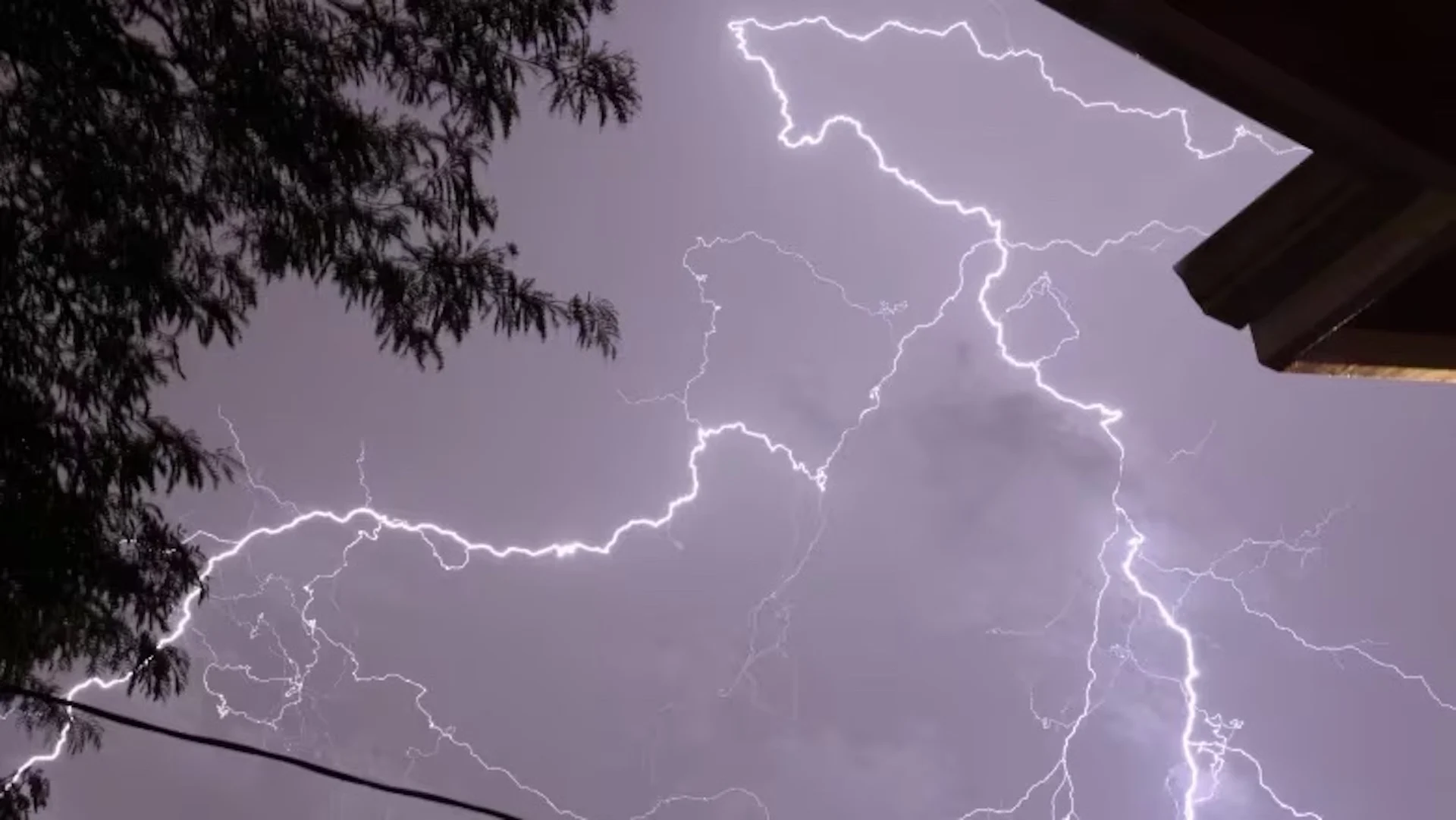
Could climate change cause more lightning — and spark more wildfires?
Lightning could strike in Canada more often due to the effects of climate change — and amid concerns of drought, that could also mean more dry lightning and wildfires.
Heat is a factor for lightning, but how could rising global temperatures influence the amount of lightning Alberta gets?
Temperatures soared last year: experts say the average global temperature was 1.48 C warmer than the pre-industrial era.
SEE ALSO: How the pandemic caused less lightning around the world
According to a 2014 study published in Science, lightning strikes are expected to increase about 12 per cent for every degree the global average temperature increases.
The study looked at the rate of lightning in the Great Plains of the United States, east of the Rockies — where the rate of lightning was already high.
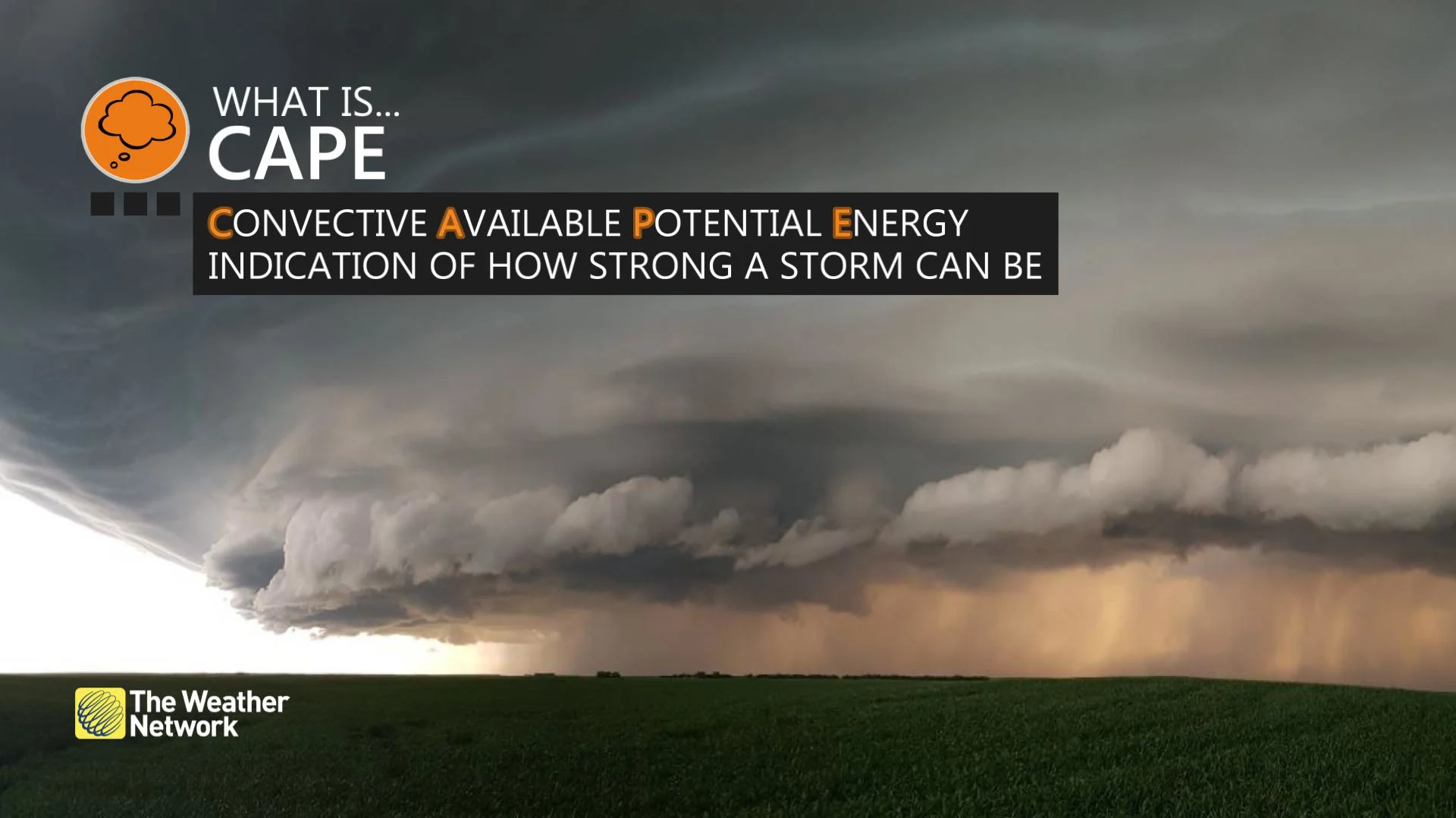
Co-author David Romps says two factors influence how much lightning a region gets: precipitation and how much energy there is in the atmosphere, also known as convective available potential energy (CAPE).
On a warm day, hot air rises, creating an updraft. When it collides with cool air higher in the sky, a cumulonimbus — or, thundercloud — could form.
CAPE measures how strong that updraft is, and the general instability in the atmosphere. The higher the instability, the more likely a thunderstorm will roll in.
Romps' team used climate models to determine how much CAPE would be found in the atmosphere in the years to come.
"As you look at those models, as they run out to the end of the century towards 2100, we see that CAPE… increases pretty dramatically," said Romps, a professor in the department of earth and planetary science at the University of California, Berkeley.
"That increase in CAPE is driving our expectation that we would get an increase in lightning."
Could wildfires become more common?
That suggests Alberta — an area already prone to thunderstorms — could see lightning more often as temperatures continue to climb.
Experts say the wildfire that recently ripped through Jasper, Alta., was likely caused by lightning. So, could what happened there become a more common occurrence?

(Parks Canada via CBC)
Parks Canada does not track the amount of lightning in Jasper National Park. But according to Environment and Climate Change Canada, the town of Hinton, just east of the park's gate, averaged 40.2 days with lightning per year, from 1999 to 2018.
That's the second-highest recorded lightning days in the province during that span.
Edson, Alta., a town about 85 kilometres east of Hinton, had the highest average, recording 46.9 lightning days per year.
Lightning in dry, hot conditions
While thunderstorms are typically associated with rainfall, snow, and heavy winds, they can sometimes form in hot, dry conditions — a phenomenon known as dry lightning.
"Dry lightning is essentially regular cloud-to-ground lightning… the distinction is it happens with little or no rainfall at the surface," said Dmitri Kalashnikov, professor of environmental studies at Washington State University.
A 2023 study published in Advancing Earth and Space Sciences, co-authored by Kalashnikov, looked at the conditions that prompt dry lightning.
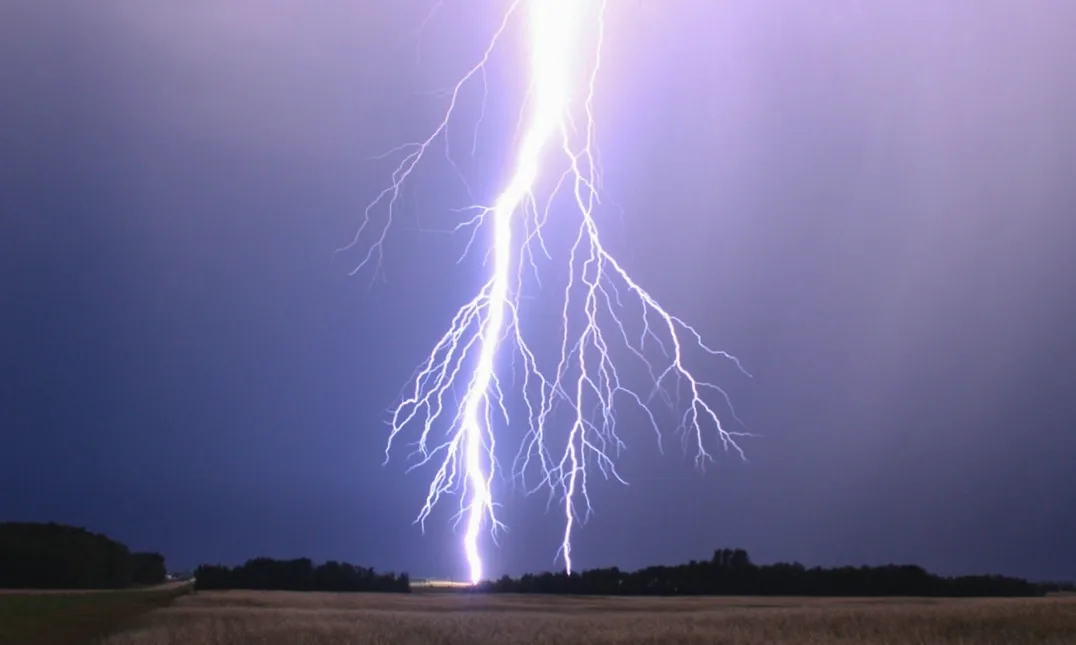
(Jeff Adams/Submitted to The Weather Network)
Kalashnikov was inspired to research dry lightning after a particularly bad wildfire season in California in 2020, which was a record year for area burned due to wildfires in the state. He says California saw 12,000 lightning strikes over a couple of days, setting off several wildfires.
"The fires went on to burn close to a million hectares of land, which was a really large event," said Kalashnikov. "People died… many structures were burned."
We don't know whether the monster wildfire in Jasper was caused by dry lightning, but Kalashnikov says that was likely the case.
One factor that hints to dry lightning is the amount of precipitation in the atmosphere, determined by the amount of humidity and rainfall in the region.
"After long periods of dry weather, the lower atmosphere will actually be drier," said Kalashnikov.
"That can actually create a feedback situation where the lower atmosphere also becomes drier, just because there's not enough moisture to sort of transpire from the vegetation, or evaporate from any surface water sources."
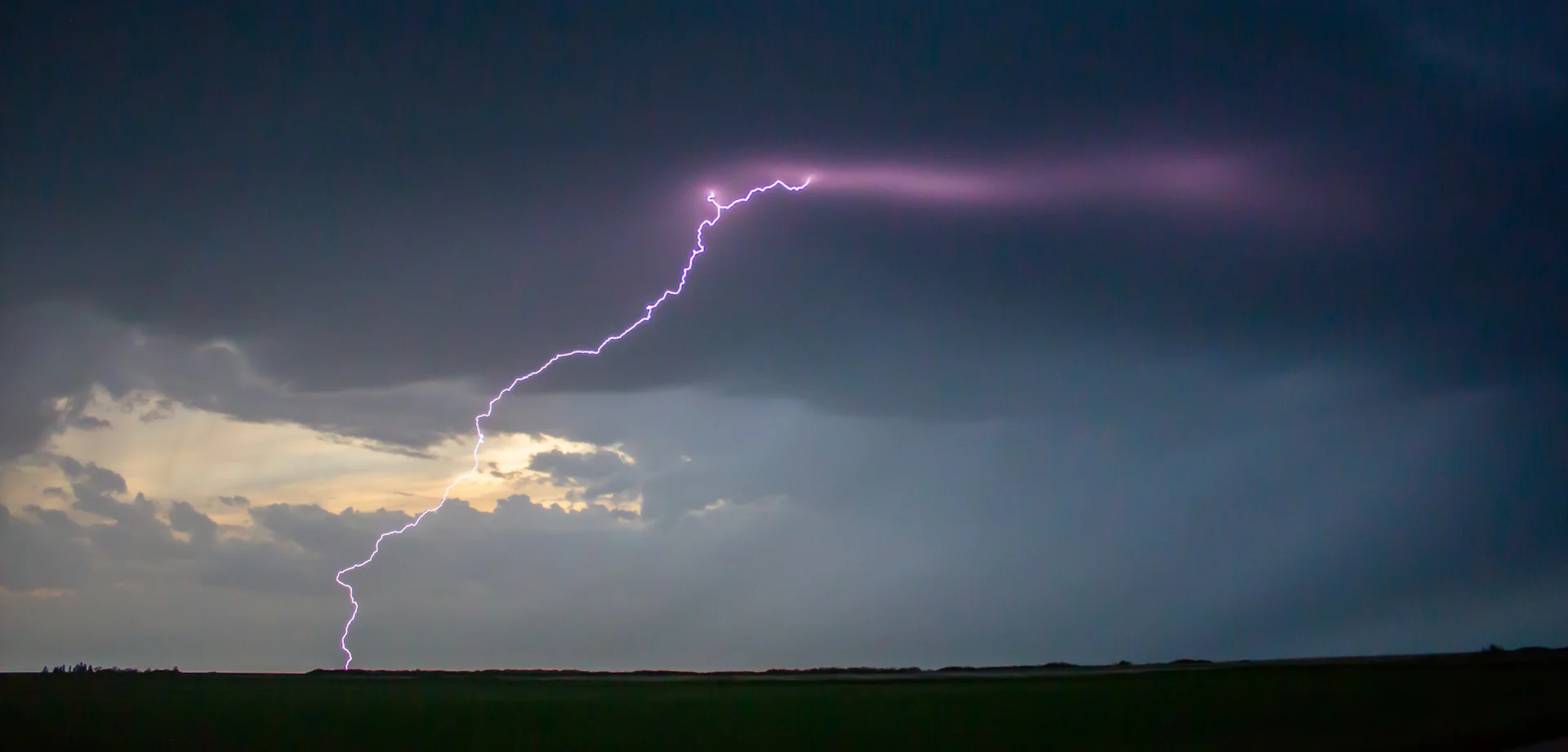
(David Cuylle/Submitted to The Weather Network)
The 2023 study found that dry lightning strikes when there has been less than 2.5 mm of rainfall.
The Jasper area was in the middle of a heat wave when the wildfires started. During the first three weeks of July, less than one millimetre of rain fell in Jasper, according to Environment Canada data.
The typical July receives 52 mm of rain, data shows.
Is dry lightning a greater risk?
Like wet thunderstorms, however, dry lightning requires instability in the mid-troposphere — three to six kilometres in the sky.
As dry air from the lower troposphere rises, it hits the mid–troposphere, which is moist and cool with air flow coming from the Pacific Ocean, or further south from places like Arizona or Mexico.
"If there is a large, vertical temperature gradient, where there are warmer conditions below, and much cooler conditions above that, air will want to rise faster," said Kalashnikov.
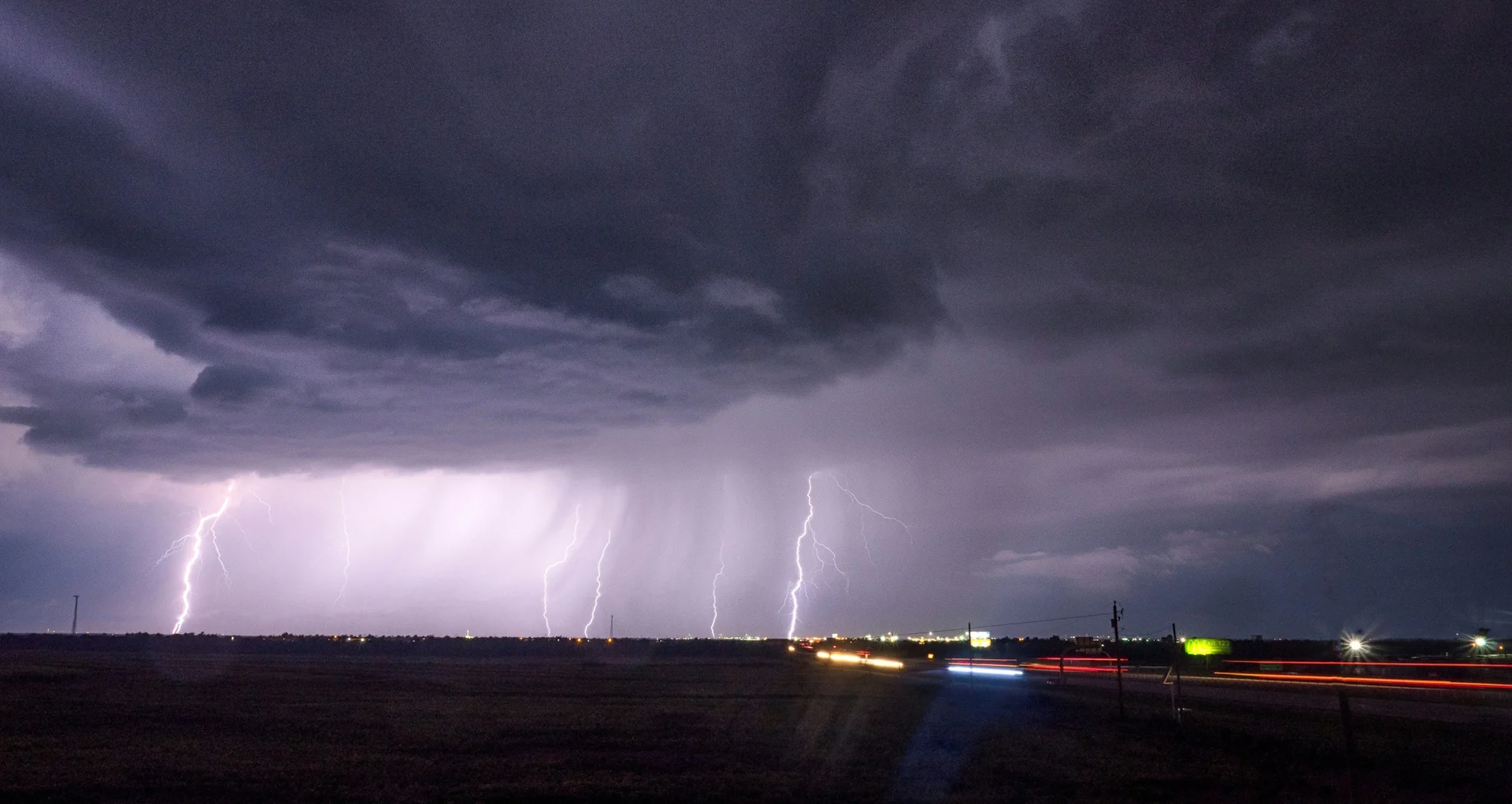
(Unsplash)
"The faster that air rises, the more it can ring out the moisture from the… air molecules, and that'll create thunderstorms faster and [they] will actually grow larger and produce more lightning."
Just like wet lightning, dry lightning can ignite wildfires. But does it pose more of a risk?
In his study, Kalashnikov says that dry lightning sparked half of the wildfires in California in 2020, further highlighting the risk this phenomenon can pose.
A new study in Canadian Journal of Forest Research examined Alberta's 2023 wildfire season, the worst on record. The study found lightning started 13 wildfires in May alone. Usually, Alberta will see one fire started by lightning in May.
Kalashnikov says, to understand this threat, the forest floor must be examined to see just how dry conditions are.
In the case of Jasper, with the limited precipitation and the pine-beetle-infested trees in the surrounding forests, a lightning strike could have easily ignited the tinder-dry trees.
"When you talk about wildfire risk, especially in places like the western U.S., Western Canada, dry lightning is more dangerous, for sure, than any other kind of water thunderstorm," said Kalashnikov.
WATCH: How artificial intelligence could change the way we fight wildfires
Thumbnail courtesy of Eric Foss/CBC.
The story, originally written by Stephanie Cram, was published for CBC News.










